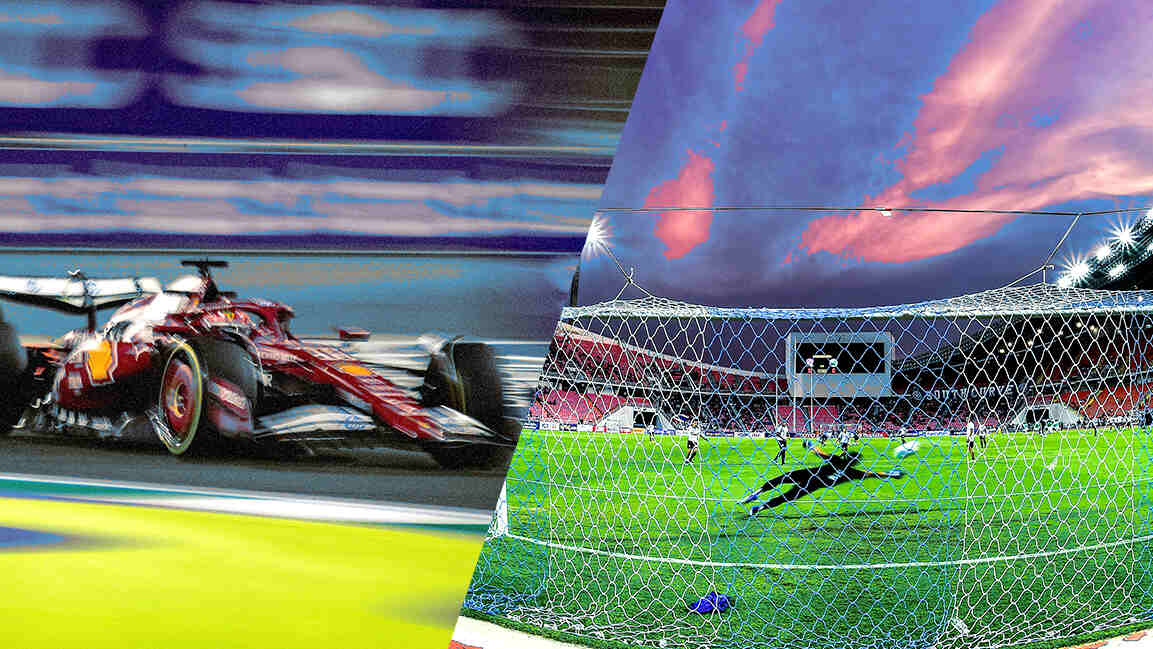- | 1:00 pm
Middle East bets $38 billion on esports and boosts women’s sports by 150 percent to tap $600 billion industry
Landmark sporting events reflect more than spectacle; they represent a strategic repositioning of the region on the global sporting map.

As global demand for sports and entertainment grows, the Middle East is rapidly emerging as a new center of influence. Driven by strategic investment, advanced infrastructure, and bold policy reform, the region is reshaping the global sports industry. A new report by global consultancy Kearney, From Passion to Profit: Unlocking Value in Sports, highlights how the Middle East is becoming a key force in shaping the industry’s future.
With the global sports market projected to exceed $600 billion by 2030, the region is using technology, innovation, and diversification to strengthen its role. Saudi Arabia, in particular, is leading the way with major investments and sector-wide transformation.
The Middle East is now recognized as a premier host for global events, from the FIFA World Cup in Qatar to the Bahrain Grand Prix, Dubai Tennis Championships, and the upcoming Olympic Esports Games in Saudi Arabia. These events go beyond spectacle; they signal a strategic repositioning of the region on the global sporting map.
Governments are rapidly advancing infrastructure. Saudi Arabia’s Vision 2030 emphasizes the development of world-class stadiums and training centers, while the UAE and Qatar continue to invest in digital platforms and athlete development. Dubai will highlight this momentum by hosting the first World Sports Summit in December 2025, as announced by Crown Prince Sheikh Hamdan bin Mohammed.
Esports is emerging as a major growth area, with Saudi Arabia allocating $38 billion to establish itself as a global gaming hub. This is part of a broader effort to attract younger audiences through streaming, immersive content, and digital-first strategies.
Women’s sports are gaining momentum as well. Professional women’s football leagues in Saudi Arabia, Qatar, and the UAE are expanding opportunities, with participation in Saudi Arabia increasing by 150% since the launch of Vision 2030.
Kearney’s report identifies five key drivers of growth: commercial excellence, fan engagement, platform expansion, technological innovation, and operational efficiency.
“What distinguishes the Middle East is its forward-looking approach. Rather than replicating Western models, countries across the region are testing new frameworks that align sport with broader economic and societal ambitions,” said Mohamed Hashem, Partner, Sports Lead for MEA at Kearney.































